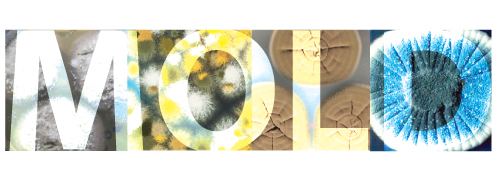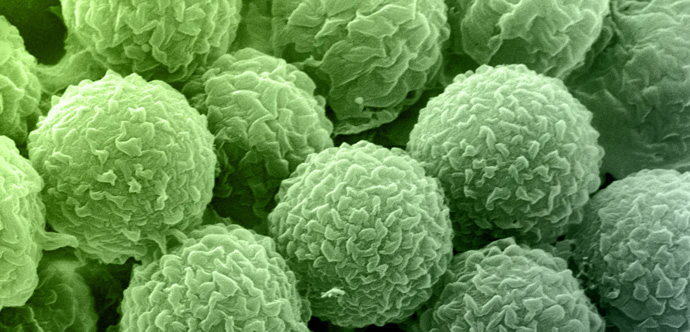No matter how clean your home is, you probably have mold growing somewhere in your home. Many times mold grows in the basements and other places in the home. Mold can grow in your refrigerator and around the gaskets of your refrigerator. Mold can grow in your closets, especially if there is no ventilation in your closets. You may be sleeping with mold and not even know it, because you may have spores growing in the pillow under your head. If mold is in your pillow, you stand a chance to be inhaling mold spores into your lungs all night long when you sleep.
Sometimes when it rains a lot, some people have water flooding into their basements. You can clean up the water as best as you can, but you will likely have mold growing there. If you have an allergy to mold, you may have mild to severe respiratory problems. If you are having an allergic reaction to mold, you may have headaches, sinus congestion, sneezing, stuffy nose, runny nose, red itchy eyes, respiratory insufficiency, coughing, and asthma-like symptoms.

If you live in an area of the country that is frequently wet, you will likely have to contend with toxic mold. Toxic mold is not the same mold that you frequently see on cheese and bread. Toxic mold is black mold, and it smells very musty. Toxic mold is most prevalent in the southern United States. If you have toxic mold in your home, you may need to call in professionals to get rid of the mold, because it can be lethal to inhale.
To reduce your chances of developing a severe allergy to mold is to take measures to reduce the chances of mold growing in your home. To reduce the humidity in your bathrooms always use your exhaust fan when you take a shower. If you don’t have an exhaust fan, keep the bathroom door open after showering so the humidity can be reduced. If you paint your bathroom, you can buy paint with a mold inhibitor in it, or you can buy mold inhibitor and add it to the paint. You should always clean your bathroom with mold-killing products. If there is mold in your bathroom flooring, you should replace it to keep your bathroom mold free.
You are going to be in contact with mold spores in almost any climate, but mold is more prevalent in the warmer and wetter climates. Mold spores are airborne; they are the budding reproductive parts of mold. If you are allergic to mold, you may have mild to severe symptoms. Prolonged exposure to toxic mold could cause you to cough up blood from your lungs. You could experience symptoms such as nose bleeds, chest congestion, and difficulty breathing. Continued exposure to toxic mold could cause memory impairment, gastric upsets, anemia, and death.

If you are having symptoms of respiratory problems, stomach problems, skin rashes, coughing up blood for no apparent reason, you might get your home checked for toxic mold. You should see your health care professional if you have any of the mentioned symptoms. If you discover that you do have mold growing in your home, measures will need to be taken to get rid of the mold, or you will continue to have symptoms. It is important that you keep areas clean and dry as possible. You may want to check your washer and drier for the presence of mold, and clean them. It’s important to clean out your drier filter, because mold can grow in there, and mold can also grow in your drier vents. If you have a window air conditioner, mold can grow there also; therefore, special care should be taken to clean these areas. Other ways to help reduce mold from growing in your home is to use a dehumidifier in your home to trap the spores that are in the air. If you have central heat and air, you can have a special filter installed to take mold spores out of the air.
